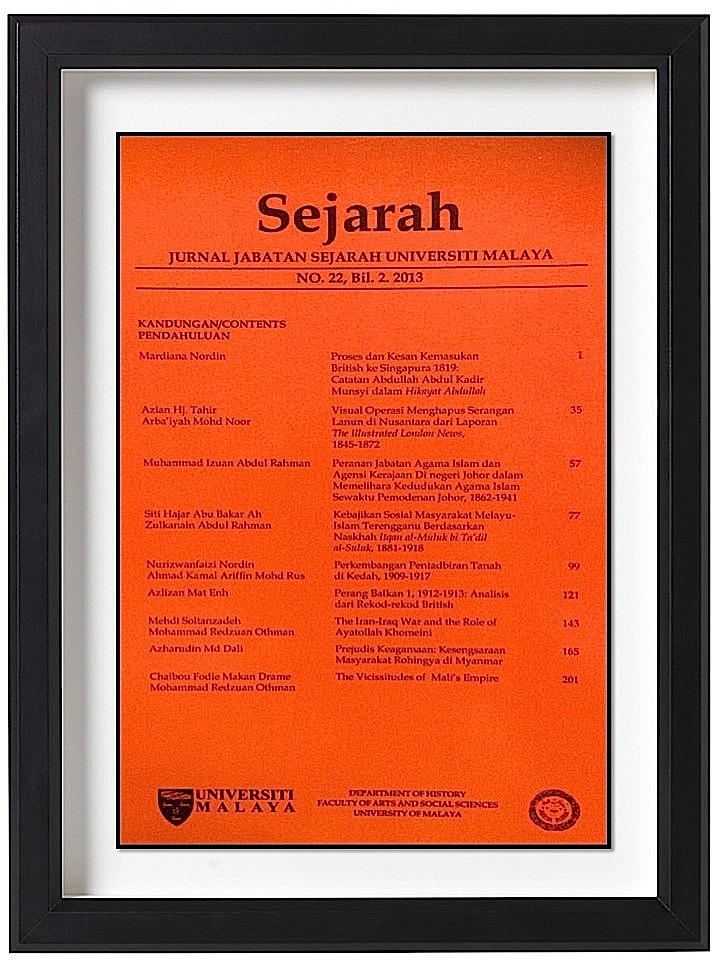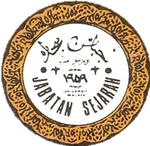THE IRAN-IRAQ WAR AND THE ROLE OF AYATOLLAH KHOMEINI
DOI:
https://doi.org/10.22452/sejarah.vol22no2.7Abstract
A year after the Iranian Revolution, the Iran-Iraq War started on September 1980. At first, most countries treated this war as nothing more than border skirmishes between two neighbouring countries but surprisingly it became a major challenge and lasted for eight years. The war finally ended when both Iraq and Iran accepted UN Resolution 598 in August 1988. This ended the eight-year of Persian Gulf War, the longest and bloodiest conflict between two Third World states after the Second World War. On the afternoon of September 23, 1980, following a series of air strikes on Iranian airfields, the Iraqi army crossed the border into neighboring Iran, igniting a war that lasted for eight years. The main thrust of the invasion aimed at capturing Iraqi-claimed land on Iran’s side of the Shatt al-Arab waterway and parts of Iran’s oil-rich southwest province of Khuzestan. Iraq’s superior military technology and coordination proved disastrous to Iranian defences, which were already in the midst of the Ayatollah Khomeiniled purges that had decimated the regular military’s officer corps and destroyed its institutional cohesion in the aftermath of the revolution. In the last years of the war, there were indicators that Iran’s soldiers were unwilling and unable to continue the fight because the war aims were not achieved and had lost a string of military battles in some warfront zones. Therefore, Ayatollah Hashemi Rafsanjani they took a risk in persuading the Ayatollah Khomeini to accept the ceasefire. This article examines the role of Ayatollah Khomeini, during the Iran-Iraq War.


